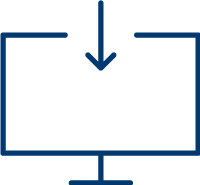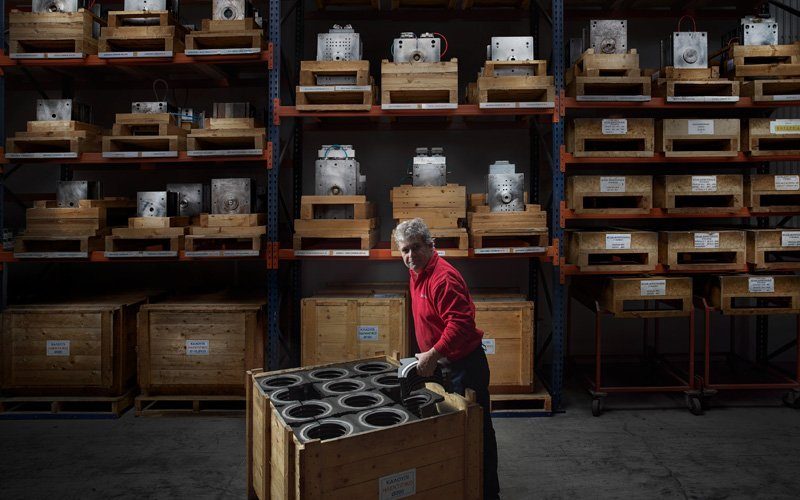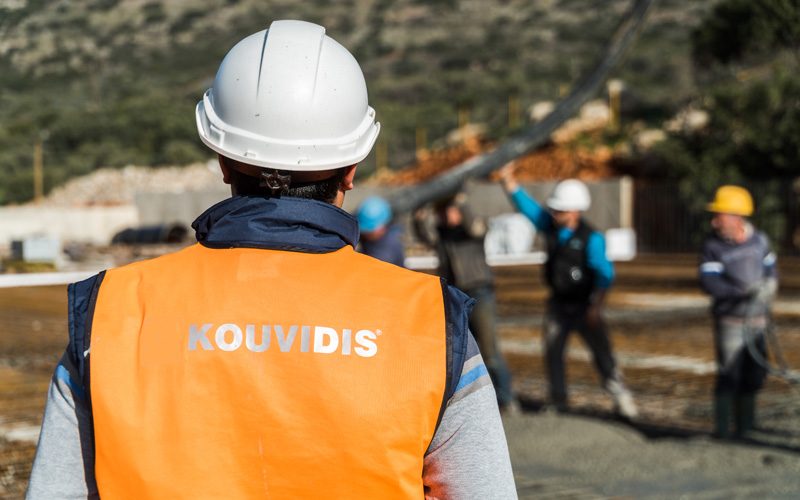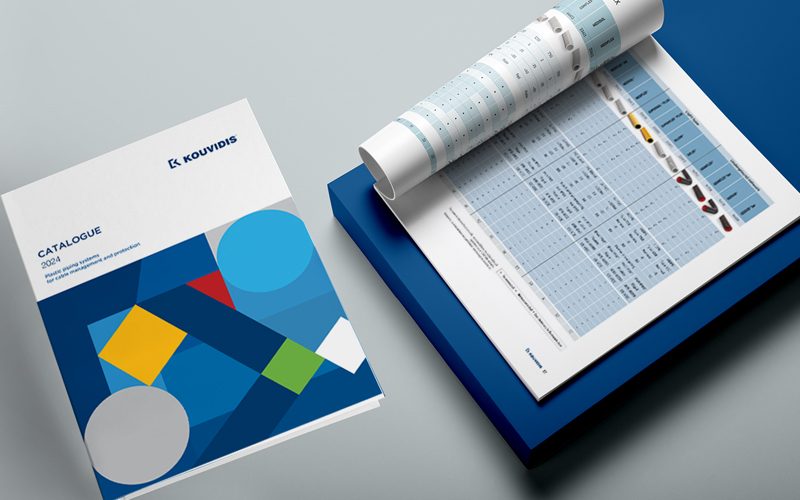The use and full application of the above ΕΝ 13476 series of standards is mandatory in Greece according to the ministerial decision no.14097/757/4.12.2012 “testing technical specifications in plastic pipes and their components used to transport drinkable water, waste water and for underfloor heating” published in the official government gazette issue b 3346/14.12.2012.
According to this decision, pipes that will be used in any project related to waste water sewage or stormwater drainage system must fully comply with the aforementioned standard. specifically, plastic pipes made of unplasticized polyvinyl chloride (PVC-U), polyethylene (HDPE), polyethylene (PE) with structured walls which are used in unpressured underground stormwater drainage and sewage networks must fulfill the requirements of the above standard, as applicable, this standard being mandatory for the safety of structural projects and constructions and the protection of users and consumers.
It is forbidden to produce, import, supply in the Greek market, or use any of the aforementioned products if they do not comply with the requirements of the technical specifications defined in EN 13476.
The lawful supply of products in the Greek market requires a certificate of conformity issued by an acknowledged and accredited (according to regulation (ec) no. 765/2008) conformity assessment organization, in the case of products manufactured in the European economic area, or a competent body designated under Greek legislation in the case of Greek products. for products of third countries outside the EU a control certificate is required, also from the competent body designated under Greek legislation. The strict framework of the above legislation clearly expresses the necessary caution that is required before selecting appropriate pipes in order to ensure a valid certificate of conformity and therefore assure the project design’s required specifications, avoid possible failures due to non-conformity of the products and ensure the quality of the final project.



